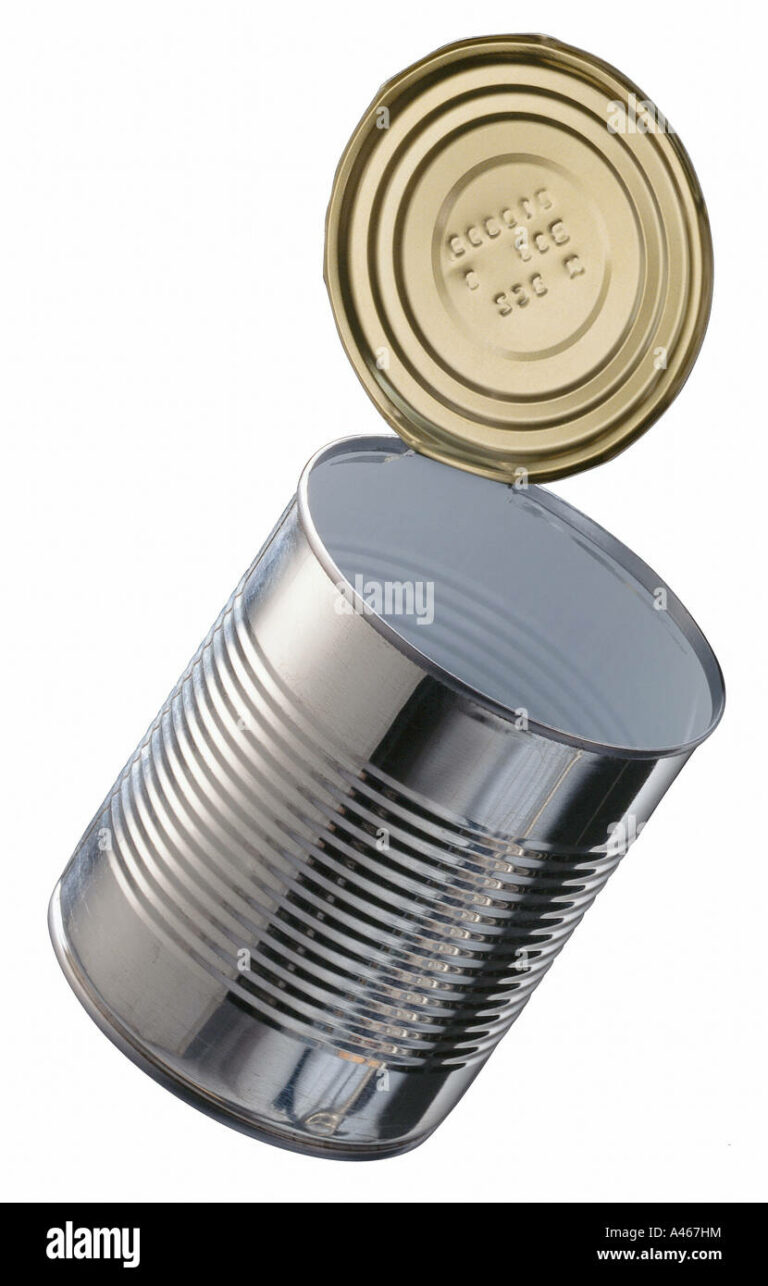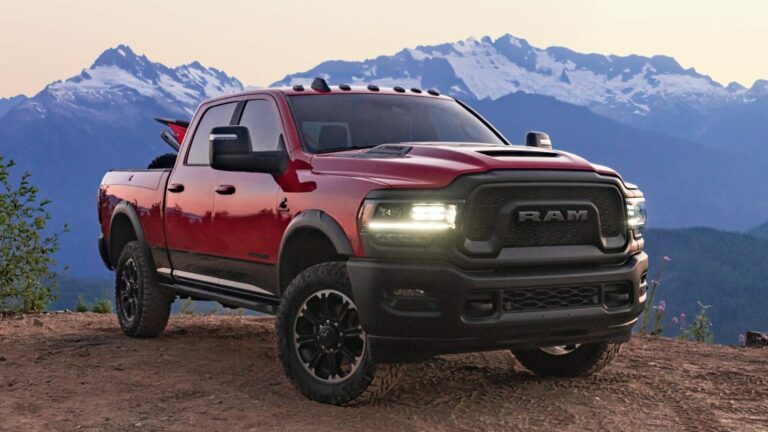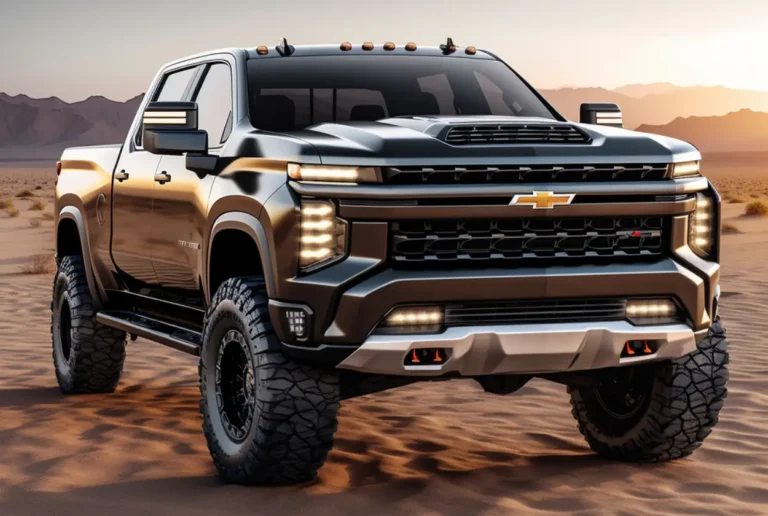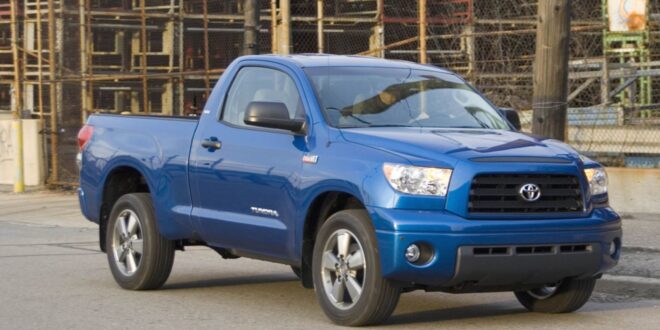80’s Old Chevy Trucks For Sale: Your Comprehensive Guide to Finding and Owning an Icon
80’s Old Chevy Trucks For Sale: Your Comprehensive Guide to Finding and Owning an Icon cars.truckstrend.com
The rumble of a V8, the unmistakable silhouette of a square body, and a timeless appeal that transcends generations – welcome to the world of 80’s Old Chevy Trucks. More than just vehicles, these trucks represent an era of robust American engineering, a symbol of independence, and a canvas for customization. For many, they evoke a powerful sense of nostalgia, harkening back to simpler times when trucks were built for work, adventure, and longevity. Today, the market for these vintage Chevy pickups is vibrant, with enthusiasts and collectors alike seeking out these iconic machines. Whether you’re a seasoned gearhead looking for your next project, a first-time classic truck owner, or simply someone yearning for a piece of automotive history, understanding the nuances of buying an 80s Chevy truck is essential. This comprehensive guide will navigate you through everything you need to know about finding, evaluating, and owning your dream 80s Chevy.
The Enduring Appeal of 80s Chevy Trucks
80’s Old Chevy Trucks For Sale: Your Comprehensive Guide to Finding and Owning an Icon
Why do these trucks continue to capture hearts decades after their production? Their enduring popularity stems from a perfect blend of design, durability, and a burgeoning classic status.
- Nostalgia and Iconic Styling: The "Square Body" design, primarily referring to the 1973-1987 C/K series, reached its peak popularity in the 1980s. Its clean lines, boxy fenders, and purposeful stance are instantly recognizable and evoke a strong sense of Americana. Many grew up riding in or admiring these trucks, making them a tangible link to cherished memories.
- Robust Build Quality: These trucks were engineered to be workhorses. Their strong frames, durable drivetrains, and relatively simple mechanical systems meant they could withstand significant abuse and log hundreds of thousands of miles. This inherent toughness makes them excellent candidates for restoration or continued daily use.
- Simple Mechanics and Parts Availability: Unlike modern vehicles laden with complex electronics, 80s Chevy trucks are remarkably straightforward. Their mechanical simplicity makes them approachable for DIY enthusiasts and ensures that most repairs can be tackled without specialized tools. Furthermore, due to their popularity and long production run, the aftermarket support is phenomenal. Parts, both new and used, are readily available and often affordable, making maintenance and restoration much less daunting.
- Versatility and Customization Potential: From a bone-stock daily driver to a lifted off-road beast, a slammed street cruiser, or a meticulously restored show truck, the 80s Chevy truck is incredibly versatile. Their robust platform and vast aftermarket allow owners to tailor them to their specific tastes and needs, making each truck a unique reflection of its owner.
- Appreciation as Collectibles: In recent years, the value of well-preserved or expertly restored 80s Chevy trucks has steadily climbed. What was once an affordable work truck is now considered a legitimate classic, offering not just a fantastic driving experience but also a potentially sound investment.
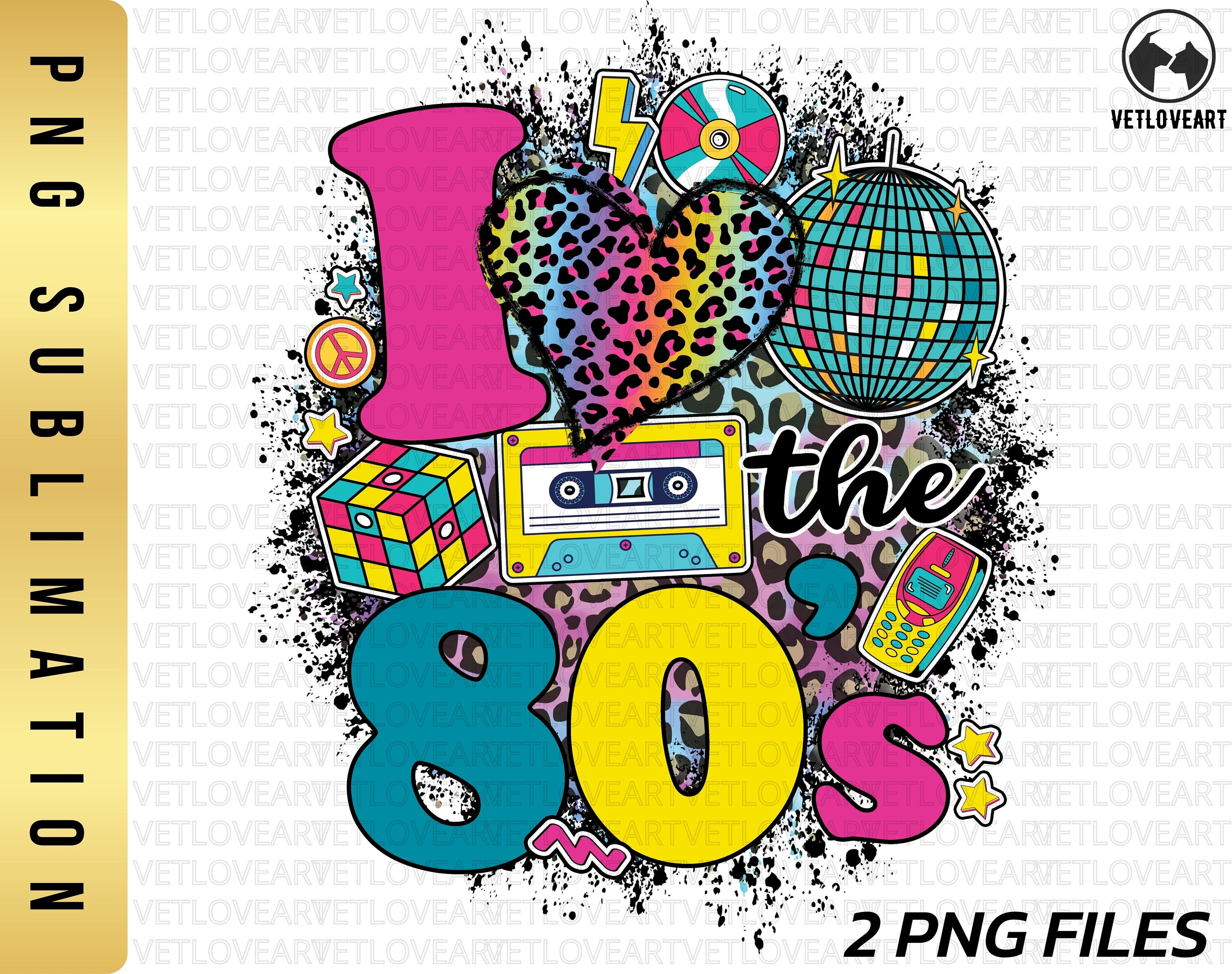
Key Models to Look For (1980-1991)
While the "Square Body" era began in 1973, the 1980s saw significant refinements and continued popularity. For the purposes of this guide, we’ll primarily focus on the C/K series from 1980-1987 and briefly touch on the transitional R/V series from 1988-1991.
-
The C/K Series (1980-1987): The Quintessential Square Body
- Nomenclature: "C" denotes a two-wheel-drive (2WD) truck, while "K" signifies a four-wheel-drive (4WD) truck. The numbers (10, 20, 30, or 1500, 2500, 3500) indicate the payload capacity (half-ton, three-quarter-ton, one-ton). The C10/K10 half-ton models are often the most sought-after for their ride comfort and style.
- Body Styles: Available in various configurations including short bed, long bed, regular cab, extended cab (Club Cab/Crew Cab), and even Blazer/Suburban variants.
- Trim Levels: Common trim levels included the entry-level Scottsdale, the mid-range Custom Deluxe, and the top-tier Silverado and Cheyenne. Silverado models often featured more chrome, power options, and upgraded interiors.
- Engine Options: A range of engines were offered throughout the 80s, including:
- Inline-6: 250 cu in (4.1L) and 292 cu in (4.8L) – known for reliability and torque.
- Small Block V8s: The ubiquitous 305 cu in (5.0L) and 350 cu in (5.7L) – the 350 is highly desirable for its power, durability, and massive aftermarket support.
- Big Block V8: The powerful 454 cu in (7.4L) – typically found in heavier-duty C20/C30 and K20/K30 trucks, offering immense torque for towing.
- Diesel: The infamous 6.2L Detroit Diesel V8 was introduced, offering better fuel economy but with some known reliability issues on early models.
- Key Features: Solid front axles on 4WD models (until 1988), robust leaf spring rear suspension, and a straightforward interior design with durable materials.
-
The R/V Series (1988-1991): The Square Body’s Final Stand
- In 1988, Chevrolet introduced the GMT400 platform (the "OBS" or Old Body Style trucks). However, the C/K "Square Body" design continued to be produced concurrently as the R/V series for specific heavy-duty (R30/V30) and SUV applications (Blazer/Suburban) until 1991. If you’re looking for a late-model square body with maximum payload or passenger capacity, these are the ones to seek out. They share most mechanical components with their earlier C/K counterparts.
What to Look For When Buying an 80s Chevy Truck
Purchasing a vintage vehicle requires a thorough inspection. While their simple nature makes them easier to assess than modern cars, specific areas need careful attention.
- Rust: The Number One Enemy: This is arguably the most critical inspection point. Common rust areas include:
- Cab Corners and Rocker Panels: Look inside and out, especially under the carpet.
- Fender Wells and Dog Legs: Where the front fender meets the cab.
- Bed Floor and Supports: Particularly around the wheel wells and where the bed meets the frame.
- Frame: Inspect the entire frame for excessive surface rust, rot, or previous repair patches that might hide structural damage.
- Body Mounts: Check for deterioration where the cab and bed meet the frame.
- Engine and Drivetrain:
- Engine: Listen for unusual noises (knocking, ticking), look for excessive smoke from the exhaust (blue for oil, white for coolant, black for fuel). Check for oil leaks around the valve covers, oil pan, and rear main seal.
- Transmission: Manual transmissions should shift smoothly without grinding. Automatic transmissions should engage gears quickly and smoothly, without slipping or harsh shifts. Check fluid levels and color.
- Differential/Axles: Listen for humming or clunking noises, especially when turning or accelerating.
- 4WD System (K-series): Test engagement of 4-high and 4-low.
- Suspension and Steering:
- Wear: Check for worn ball joints, tie rods, and bushings (especially control arm bushings). These can lead to sloppy steering, uneven tire wear, and poor handling.
- Shocks: Look for leaks or excessive bounce.
- Leaf Springs: Check for broken leaves or excessive sag.
- Brakes:
- Test the brakes for proper function. Check for spongy pedal feel (air in lines), pulling to one side (caliper issues), or grinding noises (worn pads/rotors). Inspect brake lines for corrosion or leaks.
- Interior and Electrical:
- Dash Cracks: Very common, especially on 80s trucks due to sun exposure.
- Seat Upholstery: Check for rips, tears, and foam condition.
- Electricals: Test all lights (headlights, tail lights, turn signals), wipers, horn, radio, and gauges. Pay attention to the blower motor for the HVAC system.
- Frame Integrity and Accident History: Look for bent or repaired frame sections, mismatched paint, or wavy body panels that could indicate prior accident damage. A clean title is paramount.
- Documentation: Service records, previous ownership history, and original manuals add significant value and provide insight into the truck’s past.
Where to Find 80s Chevy Trucks For Sale
The digital age has made finding classic vehicles easier than ever.
- Online Marketplaces:
- Craigslist and Facebook Marketplace: Great for local finds, often from private sellers. Be prepared for a mix of conditions and varying levels of detail in listings.
- eBay Motors: Offers a wider geographical reach and often features more detailed listings and photos.
- Specialized Classic Car/Truck Sites: Hemmings, ClassicCars.com, Bring a Trailer, and various forums dedicated to square body trucks often list higher-quality or more unique examples.
- Auctions: Mecum Auctions and Barrett-Jackson occasionally feature well-restored or rare 80s Chevy trucks, though prices here can be premium.
- Local Dealerships & Classic Car Dealers: Some dealerships specialize in classic vehicles. While prices might be higher, they often offer inspected vehicles and potentially financing.
- Word-of-Mouth & Local Classifieds: Don’t underestimate the power of community. Join local car clubs or classic truck groups, as members often know of trucks for sale before they hit online listings.
Understanding the Price Range and Market Trends
The price of an 80s Chevy truck can vary wildly based on several factors: condition, originality, mileage, engine type, trim level, 2WD vs. 4WD, and geographical location.
- Project Trucks ($2,000 – $8,000): These are trucks requiring significant work – rust repair, mechanical overhaul, interior refresh. They are suitable for those with time, skills, and a budget for restoration.
- Driver Quality ($8,000 – $18,000): These trucks are running and driving, generally solid, but may have cosmetic flaws, minor mechanical issues, or older repairs. They can be enjoyed as-is or gradually improved.
- Good Condition / Lightly Restored ($18,000 – $35,000): These trucks are well-maintained, largely rust-free, with good paint and interior. They might have undergone some minor restoration or upgrades.
- Excellent / Show Quality / Resto-Mods ($35,000 – $70,000+): These are meticulously restored trucks, often with upgraded components (modern engines like LS swaps, upgraded suspension, custom interiors). They are typically ready for shows or discerning collectors. Rare configurations or very low-mileage original examples can fetch even higher prices.
Market Trends: Over the past decade, 80s Chevy trucks, particularly the C10 and K10 short beds, have seen a significant appreciation in value. Their timeless appeal, ease of maintenance, and strong aftermarket support contribute to this trend. Expect prices to remain strong, especially for well-preserved or expertly restored examples.
Table Price: 80’s Old Chevy Trucks For Sale – Estimated Price Ranges (USD)
This table provides a general guide. Prices are highly variable based on specific year, engine, options, and market demand.
| Model (Example Trim) | Year Range | Condition: Project (Needs Major Work) | Condition: Driver (Good Running, Minor Flaws) | Condition: Good (Solid, Clean, Minor Issues) | Condition: Excellent/Restored (Show Ready) |
|---|---|---|---|---|---|
| C10 (2WD) | 1980-1987 | $2,000 – $6,000 | $8,000 – $15,000 | $16,000 – $28,000 | $30,000 – $60,000+ |
| (Short Bed Premium) | (Often higher for short bed) | (Often higher for short bed) | (Often higher for short bed) | (Often higher for short bed) | |
| C20/C30 (2WD) | 1980-1987 | $1,500 – $5,000 | $6,000 – $12,000 | $13,000 – $25,000 | $26,000 – $45,000 |
| K10 (4WD) | 1980-1987 | $3,000 – $8,000 | $10,000 – $18,000 | $19,000 – $35,000 | $38,000 – $75,000+ |
| K20/K30 (4WD) | 1980-1987 | $2,500 – $7,000 | $8,000 – $15,000 | $16,000 – $30,000 | $32,000 – $55,000 |
| R/V Series (Heavy Duty/Suburban) | 1988-1991 | $1,500 – $6,000 | $7,000 – $14,000 | $15,000 – $28,000 | $30,000 – $50,000 |
Note: Add-ons like factory air conditioning, power windows/locks, popular engine options (e.g., 350 V8, 454 V8), and desirable color combinations can also influence the price. "Resto-Mod" trucks with modern engine swaps (LS, Coyote) and updated suspensions can push prices well into the $70,000 – $100,000+ range.
Tips for a Successful Purchase
- Set a Realistic Budget: Not just for the purchase price, but also for immediate repairs, registration, insurance, and any planned upgrades.
- Do Your Research: Understand the common issues for the specific model year you’re interested in.
- Bring a Knowledgeable Friend or Mechanic: A second, experienced set of eyes can spot issues you might miss. If possible, get a pre-purchase inspection from a trusted classic vehicle mechanic.
- Test Drive Thoroughly: Listen for noises, feel for vibrations, check steering and braking. Don’t just drive around the block; take it on different road types and speeds.
- Inspect All Documentation: Verify the VIN, ensure the title is clean and matches the truck, and ask for any maintenance records.
- Don’t Be Afraid to Walk Away: If something feels off, or the seller isn’t transparent, it’s better to pass than regret a bad purchase.
Potential Challenges and Solutions
While owning an 80s Chevy truck is rewarding, be prepared for some common challenges.
- Challenge: Rust:
- Solution: For minor surface rust, proper treatment and painting can suffice. For significant structural rust, professional panel replacement and welding are necessary. Many reproduction body panels are available.
- Challenge: Parts Availability:
- Solution: This is rarely an issue! The aftermarket for 80s Chevy trucks is immense. Virtually any part, from body panels to engine components, interior pieces, and trim, is available new or used. Online retailers and specialized classic truck parts suppliers are excellent resources.
- Challenge: Fuel Economy:
- Solution: Let’s be honest, these trucks aren’t known for fuel efficiency. However, careful engine tuning, ensuring proper maintenance, or considering a modern engine swap (like an LS engine) can improve mileage significantly.
- Challenge: Lack of Modern Safety Features:
- Solution: 80s trucks lack airbags, ABS, and advanced crumple zones. Drive defensively, ensure brakes and tires are in excellent condition, and consider upgrading lighting for better visibility.
- Challenge: Mechanical Expertise:
- Solution: While simple to work on, some repairs may still require specific knowledge. Leverage online forums, YouTube tutorials, repair manuals (like Haynes or Chilton), and local classic truck communities for guidance. For more complex jobs, find a reputable mechanic who specializes in older vehicles.
Frequently Asked Questions (FAQ)
Q1: Are parts hard to find for 80s Chevy trucks?
A: Absolutely not! The aftermarket for these trucks is one of the best in the classic vehicle world. Almost every part, from mechanical components to body panels and interior pieces, is readily available new or reproduced.
Q2: How much does it cost to restore an 80s Chevy truck?
A: Restoration costs vary wildly. A minor refresh (paint, interior) might be a few thousand dollars. A full, frame-off restoration, including engine rebuild, transmission work, new paint, and interior, can easily range from $20,000 to $60,000+, depending on whether you do the work yourself or pay professionals.
Q3: Are they good daily drivers?
A: Yes, many 80s Chevy trucks serve as reliable daily drivers, especially if well-maintained or upgraded. They offer a comfortable ride (particularly C10s) and a commanding view of the road. However, be mindful of their lower fuel economy and lack of modern safety features compared to newer vehicles.
Q4: What’s the main difference between C and K series trucks?
A: "C" denotes a two-wheel-drive (2WD) truck, while "K" signifies a four-wheel-drive (4WD) truck. K-series trucks are generally more expensive due to their 4WD capabilities.
Q5: What’s the best engine for an 80s Chevy truck?
A: The 350 cubic inch (5.7L) V8 is arguably the most popular and versatile choice due to its balance of power, reliability, and immense aftermarket support. The 454 V8 offers more power for heavy-duty use. For modern reliability and power, an LS engine swap is a very popular upgrade.
Q6: Do these trucks hold their value?
A: Generally, yes. Well-maintained and original 80s Chevy trucks, especially desirable models like the C10 short bed, have shown consistent appreciation in value over the past decade, making them a relatively stable classic vehicle investment.
Conclusion
The allure of 80s Old Chevy Trucks for sale is undeniable. They represent a tangible link to a bygone era of American automotive craftsmanship, offering a blend of rugged utility, iconic styling, and a burgeoning classic status. Whether you’re drawn to the nostalgic charm of the square body, the straightforward mechanics, or the endless customization possibilities, owning one of these trucks is an experience unlike any other.
The journey of finding, inspecting, and ultimately acquiring your ideal 80s Chevy is a rewarding one. With diligent research, careful inspection, and a realistic understanding of the market, you can confidently navigate the buying process. And once you’ve got the keys in your hand, you’ll discover that an 80s Chevy truck is more than just a mode of transport; it’s a statement, a passion project, and a timeless piece of history ready for its next chapter on the open road.
